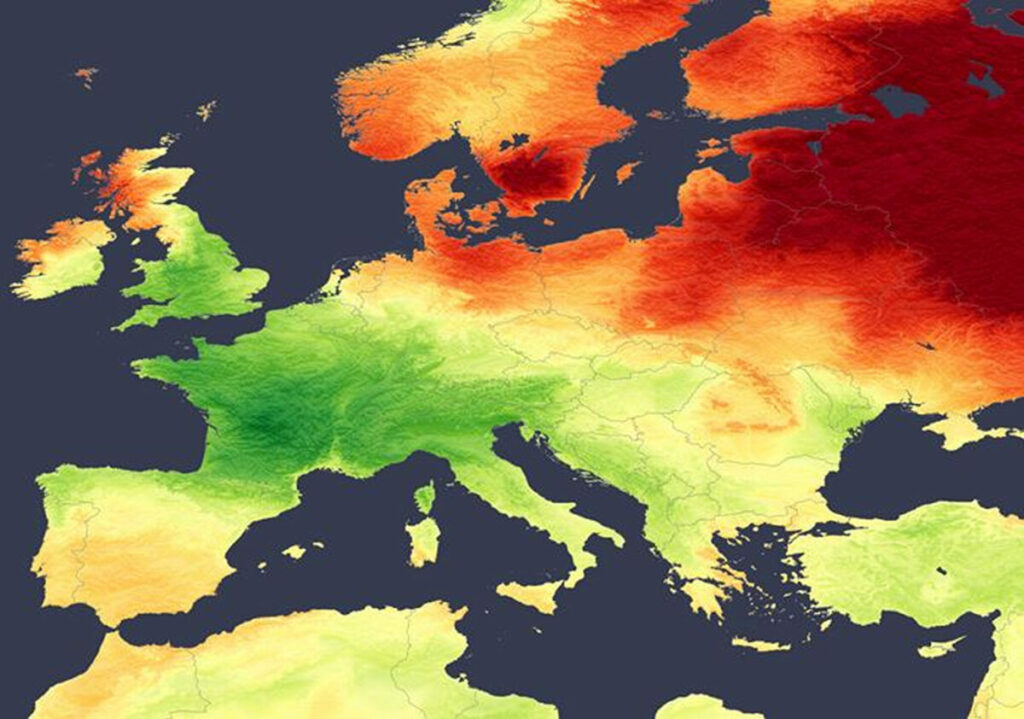Further north, conditions were markedly different, with September bringing above-average irradiance to much of the region due to drier, warmer air masses from Eurasia, sustained by a strong high-pressure system. The effect was most noticeable in the Baltic States and parts
of Russia, where irradiance was 25% above normal. A clear divide emerged along the Sudeten and Carpathian mountain ranges, where areas to the north saw more sunshine than usual, and regions to the south experienced less favorable solar conditions.
Solcast produces these figures by tracking clouds and aerosols at 1-2km resolution globally, using satellite data and proprietary AI/ML algorithms. This data is used to drive irradiance models, enabling Solcast to calculate irradiance at high resolution, with typical bias of less than 2%, and also cloud-tracking forecasts. This data is used by more than 300 companies managing over 150GW of solar assets globally.
The views and opinions expressed in this article are the author’s own, and do not necessarily reflect those held by pv magazine.
This content is protected by copyright and may not be reused. If you want to cooperate with us and would like to reuse some of our content, please contact: editors@pv-magazine.com.
Popular content
Source link : http://www.bing.com/news/apiclick.aspx?ref=FexRss&aid=&tid=6712294971304f2a91fdd18470a2deb0&url=https%3A%2F%2Fwww.pv-magazine.com%2F2024%2F10%2F18%2Fwestern-europe-sees-september-solar-slump%2F&c=13128398604263771528&mkt=de-de
Author :
Publish date : 2024-10-18 02:10:00
Copyright for syndicated content belongs to the linked Source.
